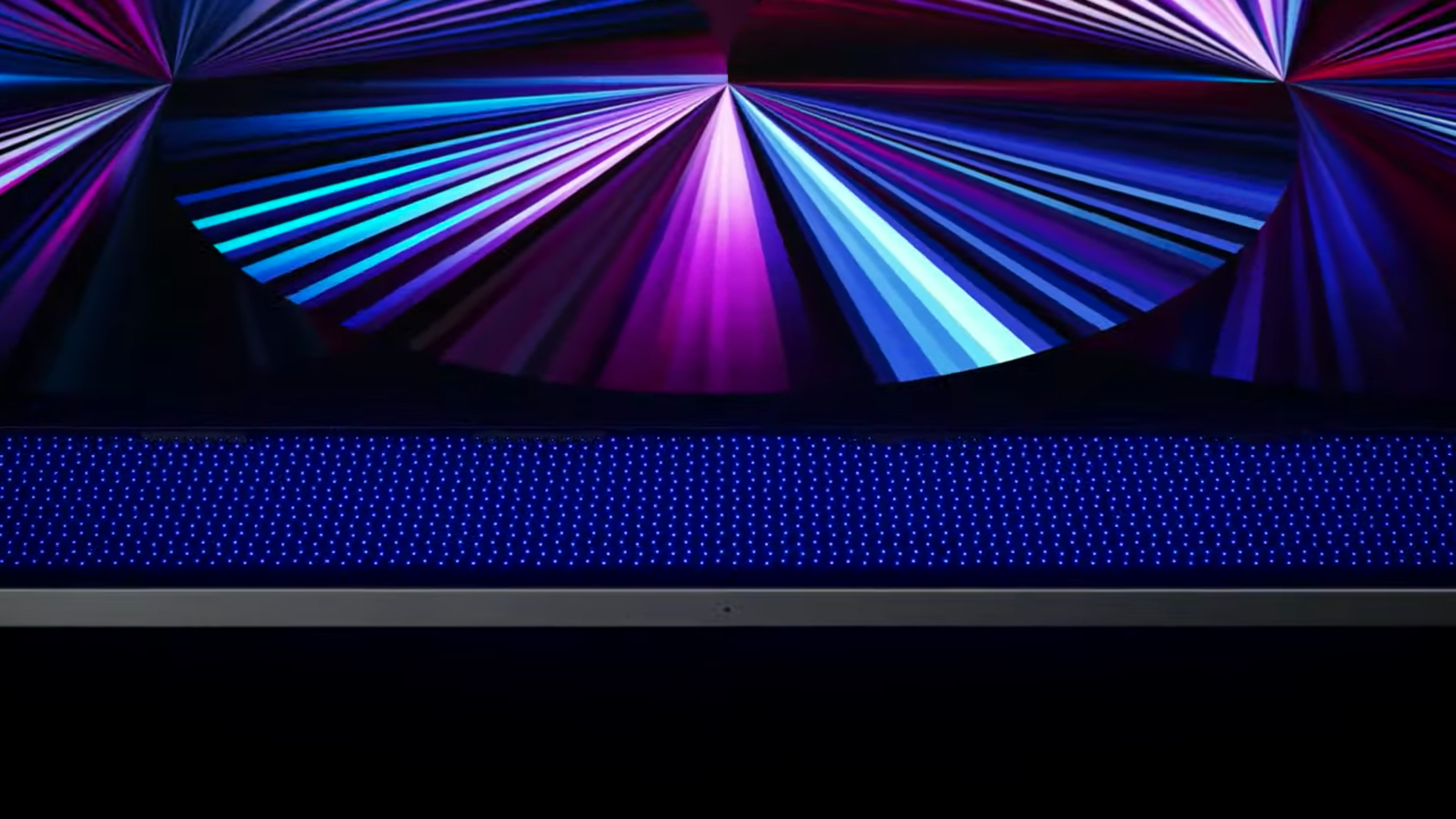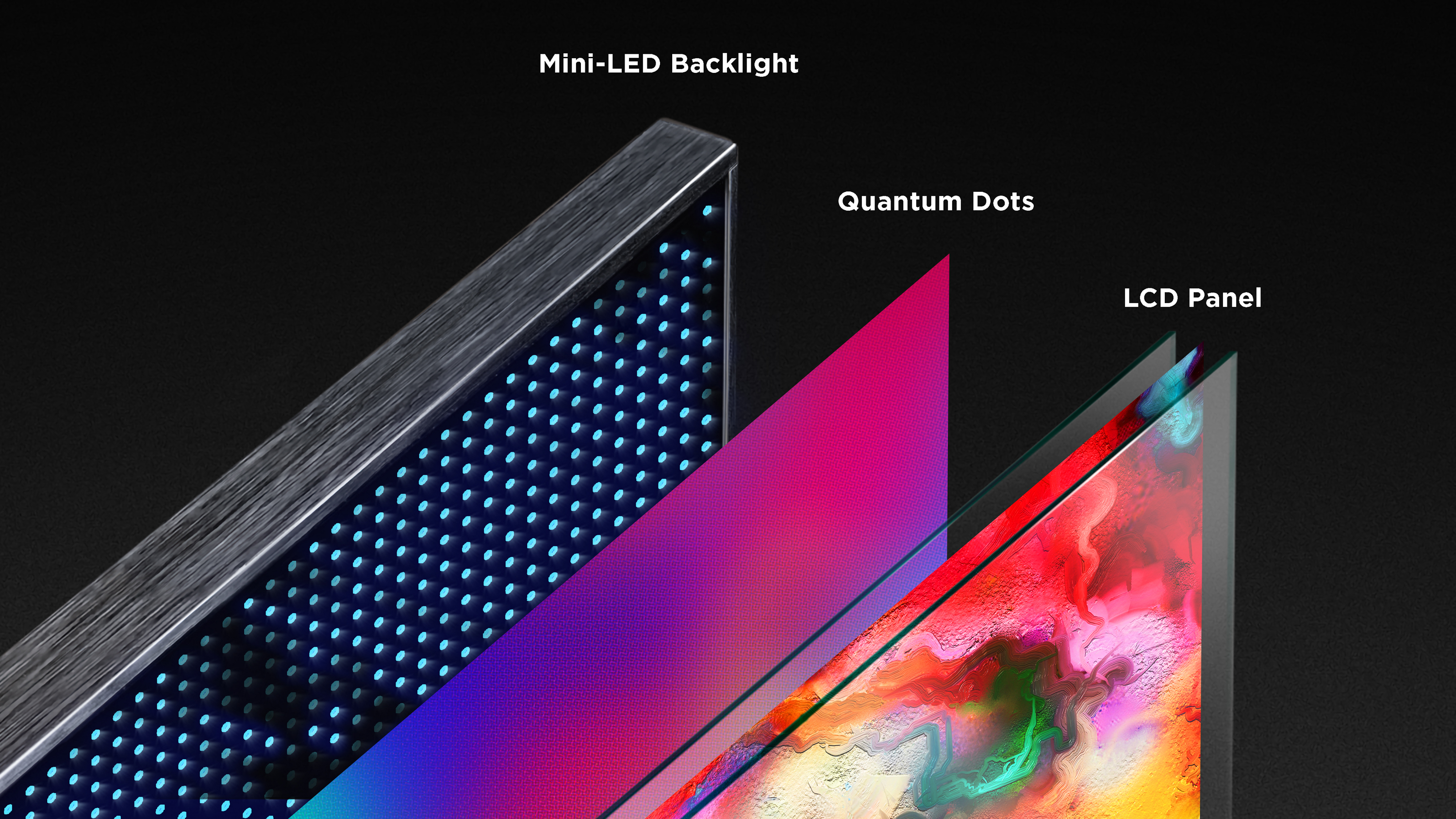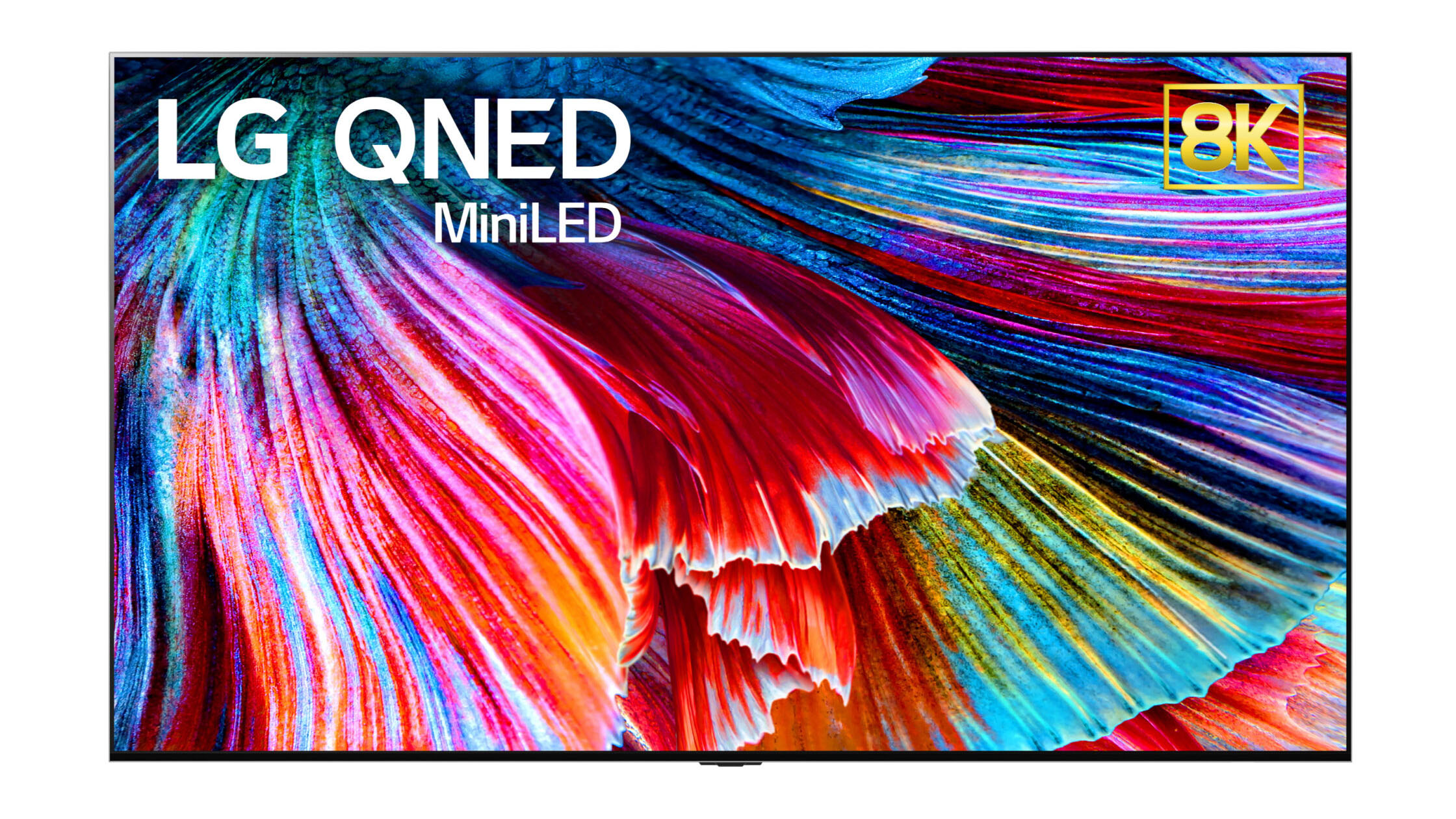

Mini-LED has been trickling into consumer products for the last couple of years – it was pioneered in consumer TVs since 2019 by TCL, and we saw it some laptops and monitors in 2020 – but in 2021, it's exploding to more products than ever.
TCL, for starters, has revealed that its 2021 TVs will feature ‘next-generation’ mini LED technology, while Samsung and LG, no less, have both added Mini-LED models to their upcoming ranges. We've already tried Samsung's flagship 4K Mini-LED model – the Samsung QN95A – and it's a stunner.
And now we know that the iPad Pro 2021 will use Mini-LEDs for its 12.9-inch screen, providing it with HDR brightness stronger than all but the best TVs.
All of which raises the question of what Mini-LED is, and why it matters for the new sets looking to crash our list of the best TVs, and why it's perfect for an elite tablet.
- Apple TV 4K (2021): price, release date and everything you need to know
- Apple iMac (M1, 2021): price, release date, specs and more
- Is the LG A1 the cheap OLED TV of your dreams?
As its name suggests, the key to Mini-LED’s appeal is that it drastically shrinks the traditional LED modules most modern LCD screens use to produce their images.
It’s typically proposed that a diode smaller than 0.2mm across can officially be classed as a Mini-LED – though it’s safe to say that TV brands are likely to play pretty fast and loose with this official definition in their real-world products. Especially as it’s difficult to actually check the size of diodes without ripping the thing apart.
Why does making LEDs smaller matter? Because the smaller they are, the more of them you can fit behind a screen. And the more LEDs you’ve got illuminating the pictures, the more opportunity you have to deliver brighter and (even more importantly) more contrast-rich images. Two image attributes that are more important than ever now that HDR video content is becoming increasingly common.
Get all the latest news, reviews, deals and buying guides on gorgeous tech, home and active products from the T3 experts

An example of Mini-LED panel structure from TCL.
The contrast potential of Mini-LED can only be fully realised, though, if Mini-LED arrays are effectively controlled. After all, those hundreds, even thousands, of extra LEDs don’t have a clue how much light they should each be outputting relative to their neighbours at any given moment unless there’s a video processing system and panel driver on hand to tell them.
And given that some conventional full-array backlit LED TVs can struggle to handle even just a few dozen separate dimming zones effectively, you can see the potential headaches involved in Mini-LED screens having to handle thousands.
For an example of the sort of things Mini-LED technology makes possible, Samsung’s high-end 2021 Neo QLED sets replace the bulky lenses that usually accompany standard ‘big’ LEDs with a new ‘micro layer’ of light control that can be used to prevent light from the Mini-LEDs straying into parts of the picture where it’s not supposed to be, further reducing LCD’s traditional issues with backlight clouding and blooming problems.
To sum all this up, it’s not just how many Mini-LEDs you have; it’s also what you do with them.
This combination of Mini-LED factors opens up the potential for plenty of performance differences between various Mini-LED TVs – as well as plenty of potential as the market matures for different standards of Mini-LED TVs to appear at a wide range of price points.
While this will largely be a good thing, it will become increasingly important to remember that Mini-LED TVs will certainly not all be the same.
It’s also important to stress that even a high-end Mini-LED TV with, say, a few thousand lights to its name, still can’t fully compete in local light control terms with the best OLED TVs, or upcoming MicroLED screens (such as the ones Samsung's just announced), where every pixel in the image makes its own unique light.
With this in mind, it’s perhaps not surprising to find LG, which has achieved so much success with its OLED TVs, ranging its new ‘QNED’ Mini-LED TVs above the NanoCell models that were its premium LCD offering in 2020, but below its 2021 OLED sets.

On the other hand, Mini-LED screens are immune to the screen burn issues that OLED TVs are still (theoretically at least) prone to, and can also run significantly more brightly than OLED screens. And so we see Samsung’s new Mini-LED models occupying the most premium positions in the brand’s 2021 TV range.
It also makes Mini-LED such a good choice for the iPad Pro – any work machine is a questionable choice for OLED, because if you're using the same software for hours a day, burn-in becomes much more likely. This screen is now brighter than an OLED tablet, with no retention issues, and almost as strong contrast.
It’s possible that Mini-LED screens will ultimately turn out to be merely a stop gap technology on the road to the domestication of a new generation of fully ‘self emissive’ technologies past OLED, such as MicroLED or QD-OLED.
They certainly have become all the rage for 2021, though – and even if they are ultimately superseded by something else in the not too distant future, they may well be destined to one day become the ‘new normal’ for the mainstream LCD world, giving a big picture upgrade but with the potential to be affordable pretty quickly.
John Archer has been testing TVs and AV gear for over 25 years, having worked on Home Cinema Choice magazine. He's a contributor to Forbes, TechRadar, Trusted Reviews, Wired and many more places – if you've owned a TV in the last couple of decades, John's probably reviewed it somewhere. He's seen so many hot new technologies come and go, like tears in the rain.
